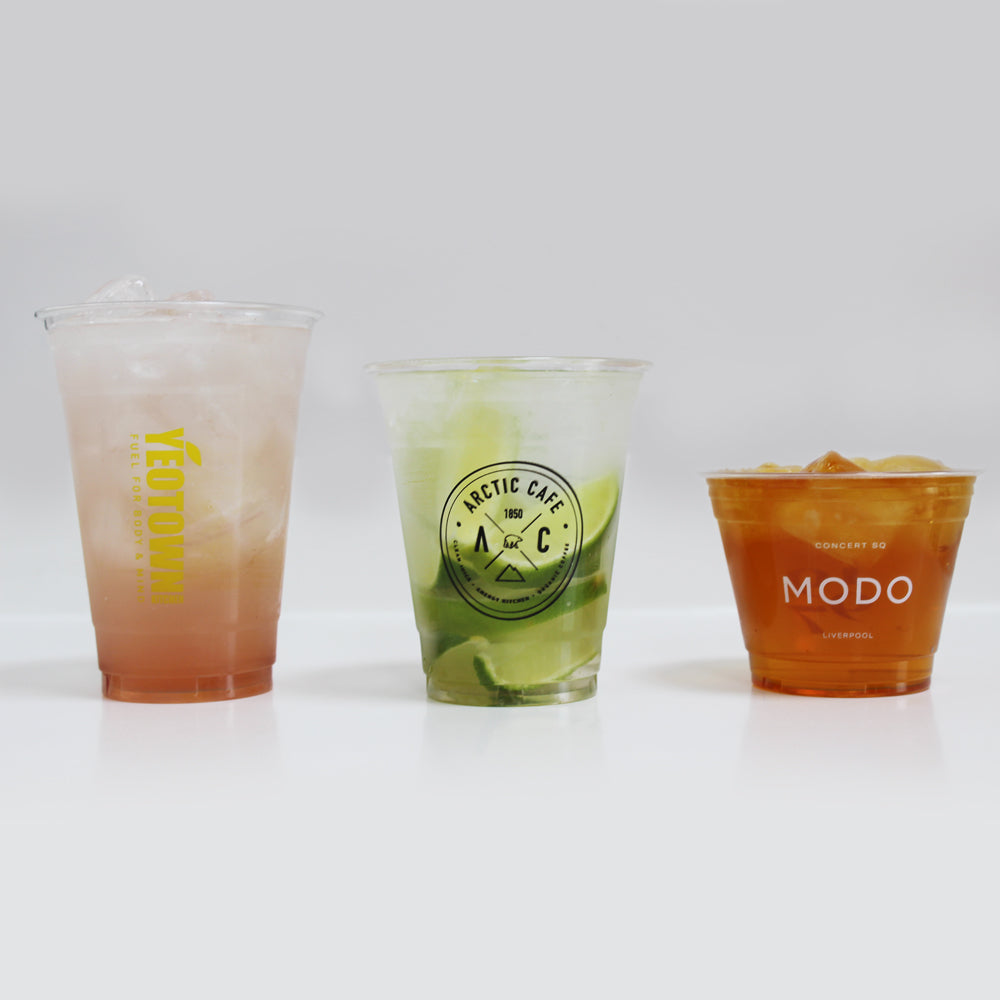The Evolution and Importance of Food Packaging Boxes
Food packaging boxes play a crucial role in the modern food industry, serving as a bridge between manufacturers and consumers. As our understanding of food safety, sustainability, and consumer preferences evolve, so too does the design and function of these packaging solutions. In this article, we will explore the significance of food packaging boxes, their evolution over time, and the emerging trends that define their future.
The Role of Food Packaging Boxes
At its core, food packaging is about protection. Food packaging boxes are designed to keep food safe from contamination, spoilage, and physical damage during transportation and storage. They provide a barrier against environmental factors, such as moisture, light, and air, which can adversely affect the quality and safety of food products. Furthermore, these packaging solutions help in maintaining the food's freshness and extending its shelf life, which is crucial for both manufacturers and consumers.
In addition to protection, food packaging boxes serve a marketing function. They are often the first point of interaction between a product and the consumer. Eye-catching designs, vibrant colors, and informative graphics can attract customers and influence their purchasing decisions. A well-designed package can communicate a brand's identity, values, and the unique qualities of the product itself.
The Evolution of Food Packaging
The history of food packaging can be traced back thousands of years, with ancient civilizations using natural materials like leaves, animal skins, and clay pots. However, the modern era of food packaging began in the 20th century with the advent of new materials and technologies. The introduction of glass and plastic revolutionized the packaging industry, providing durable and lightweight alternatives to traditional materials.
food packaging boxes

As concerns about food safety and hygiene grew, innovations such as vacuum sealing and modified atmosphere packaging were developed to preserve food quality. These advancements have been critical in the global supply chain, enabling perishable goods to be transported over long distances without compromising safety or quality.
Emerging Trends in Food Packaging Boxes
In recent years, sustainability has become a central focus in the design and production of food packaging boxes. Consumers are increasingly demanding eco-friendly packaging solutions that minimize environmental impact. This has led to the development of biodegradable, compostable, and recyclable materials. Brands that prioritize sustainability not only reduce their ecological footprint, but they also enhance their reputation and appeal to environmentally conscious consumers.
Technology is also playing a significant role in the future of food packaging. Smart packaging, which incorporates sensors and indicators, is gaining traction. These innovations can provide real-time information about the freshness and safety of food products, ensuring that consumers have access to the highest quality items. Additionally, the rise of online shopping has led to the need for packaging that ensures products arrive intact and undamaged, further pushing the boundaries of design.
Conclusion
Food packaging boxes are more than just a container; they are an essential component of the food industry that combines functionality, marketing, and safety. As we look to the future, the emphasis on sustainability and technology will continue to drive innovation in packaging design. Brands that can adapt to these changes and meet consumer demands will thrive in a rapidly evolving marketplace. Ultimately, food packaging boxes are a testament to the ongoing relationship between consumers and the food they eat, reflecting both cultural values and technological advancements.



